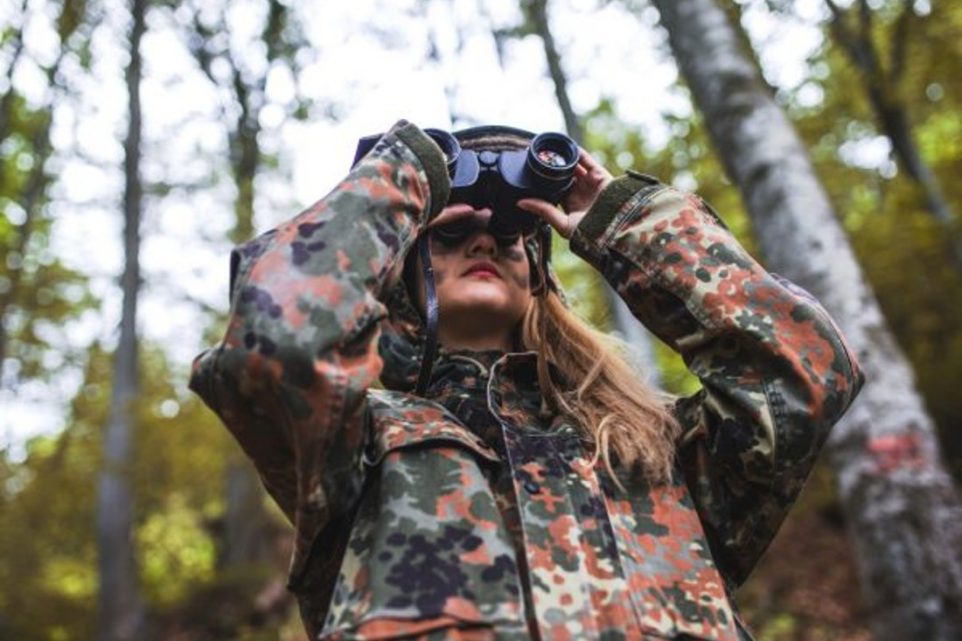What Is Stealth Camping and Is It Worth It?

Imagine tucking yourself away in a hidden corner of the wilderness, where only the keenest eyes might spot you. Stealth camping isn’t just camping; it’s an art form. It’s about blending into nature and escaping the usual crowded campgrounds. As someone who loves the quiet embrace of the wild, I’ve found stealth camping to be the best way to connect deeply with nature.
What Is Stealth Camping?
Stealth camping is the practice of camping in a hidden or discreet location, usually without permission or knowledge of others. Originating from the need for survival and avoiding detection, stealth camping has become a popular choice for campers seeking adventure and solitude. People choose stealth camping for various reasons, such as escaping crowded campgrounds, immersing themselves in nature, and testing their survival skills.
The Legal Perspective on Stealth Camping
Laws and regulations regarding stealth camping vary globally, with some countries allowing it on public lands and others strictly prohibiting it. You can find legal stealth camping spots by researching national parks, wilderness areas, and designated camping areas that permit dispersed camping. Respecting private property and public lands is crucial to maintaining the legality and sustainability of stealth camping.
Essential Stealth Camping Skills
- Map reading and navigation skills are essential for planning routes and finding hidden camping spots.
- Basic survival skills such as fire making, shelter building, and foraging for food are important for self-sufficiency in remote locations.
- Understanding weather patterns and terrain can help campers anticipate challenges and make informed decisions.
- Adhering to “Leave No Trace” principles ensures minimal impact on the environment.
Planning Your Stealth Camping Adventure
- Choosing the right location involves considering factors such as accessibility, remoteness, and natural beauty.
- Timing your arrival and departure strategically can help you avoid detection and minimize disturbances.
- Pre-trip research should include checking weather forecasts, wildlife activity, and terrain conditions to ensure a safe and enjoyable experience.
Stealth Camping Equipment
- Essential stealth camping gear includes a lightweight tent, sleeping bag, camping stove, camping flashlight, water filtration system, and appropriate clothing.
- Choosing the right tent for stealth camping involves considering factors such as size, weight, and camouflage properties.
- Packing lightly and efficiently is crucial for stealth camping, as it allows for easier mobility and reduces the risk of getting noticed.
Stealth Camping Safety Measures
Taking wildlife precautions and protocols, such as securing food and waste properly, reduces the risk of encounters with animals. Basic first aid knowledge is essential for treating minor injuries or ailments that may occur during stealth camping. Lastly, having emergency contacts and an evacuation plan in place ensures preparedness for unforeseen emergencies.
Stealth Camping Etiquette
Respecting nature and wildlife means observing animals from a safe distance, not disturbing their habitats, and leaving plants and natural features untouched. Be sure that dealing with locals and authorities involves being respectful and cooperative, especially when approached or questioned about your presence. Lastly, campsite clean-up is crucial in maintaining the integrity of the environment, including properly disposing of waste and leaving no trace of your stay.
Stealth Camping Challenges and Solutions
Common stealth camping missteps include choosing an unsuitable camping spot, not being properly prepared for weather conditions, or leaving obvious traces of your presence. It’s possible to overcome the fear and anxiety associated with stealth camping through proper preparation, gaining experience, and gradually pushing comfort zones. Lastly, managing unpredictable situations requires adaptability, quick thinking, and the ability to make informed decisions based on the circumstances at hand.
Advanced Stealth Camping Techniques
Mastering camouflage and concealment involves blending into the natural surroundings through appropriate clothing, gear, and behavior. Navigating in the dark requires advanced skills, such as using a compass or relying on natural landmarks, as well as utilizing a reliable camping flashlight. Long-term stealth camping strategies involve sustainability practices, such as foraging for food, minimizing waste, and establishing semi-permanent campsites.
Your Adventure, Our Experience
At TheCampingList, our dedication to authenticity and reliability stems from our own adventures in the great outdoors. Our team, comprised of seasoned experts in hiking, camping, climbing, cycling, fishing, and hunting, rigorously tests every product and shares insights drawn from real experiences. This hands-on approach ensures our reviews and guides meet the highest standards of durability, functionality, and comfort. Moreover, our platform thrives on the rich contributions and feedback from our vibrant community of enthusiasts. We pride ourselves on delivering unbiased, educational content that empowers and informs your outdoor pursuits. Trust in TheCampingList for genuine advice and support, where we're all about enriching your journey, every step of the way.